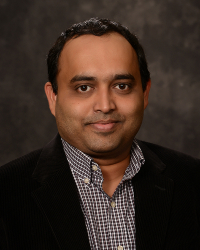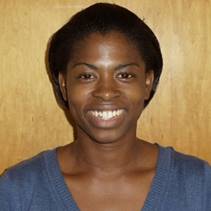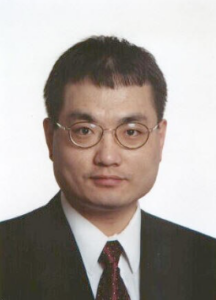 Webex Link: http://s.uconn.edu/meseminarf90
Webex Link: http://s.uconn.edu/meseminarf90
Abstract: Internet of Things (IoT) represents the convergence of
three major and irreversible technology trends, namely (i) embedded sensing/smart devices, (ii) pervasive connectivity, and (iii) real-time analytics and contextual intelligence. The ability to collect and share relevant data across a wide range of devices, coupled with the ability to make real- time decisions, results in an unprecedented opportunities for system modeling, monitoring, and prognosis. In this talk, several new data analytics techniques tailored for IoT-enabled smart and connected systems will be introduced, including modeling and prognosis of condition monitoring signals using B-spline based mixed effects model, degradation model considering environmental factors, and stochastic decision making. The advantageous features of the proposed methods are demonstrated through numerical studies and real world case studies.
Biographical Sketch: Shiyu Zhou is the Vilas Distinguished Achievement Professor in the Department of Industrial and Systems Engineering and the Director of IoT Systems Research Center at the University of Wisconsin-Madison. His research focuses on data-driven modeling, monitoring, diagnosis, and prognosis for engineering systems with particular emphasis on manufacturing and after-sales service systems. He has established methods for modeling, analysis, and control of Internet-of-Things (IoT) enabled smart and connected systems, variation modeling, analysis, and reduction for complex manufacturing processes, and process control methodologies for emerging nano-manufacturing processes. He has won a large number of highly competitive federal research grants. His research also attracted significant interests from industry and received significant direct funding support from various companies. He is a recipient of a CAREER Award from the National Science Foundation and the Best Application Paper Award from IIE Transactions. He is now the director of IoT Systems Research Center at UW-Madison and a fellow of IISE, ASME, and SME.
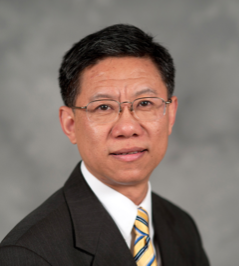
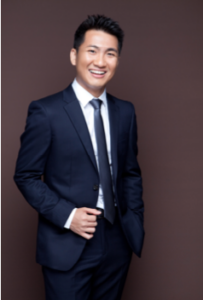
 Webex Link:
Webex Link: 
